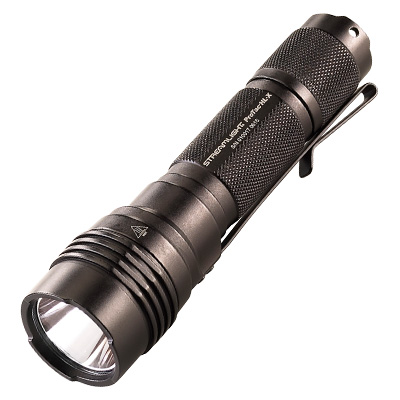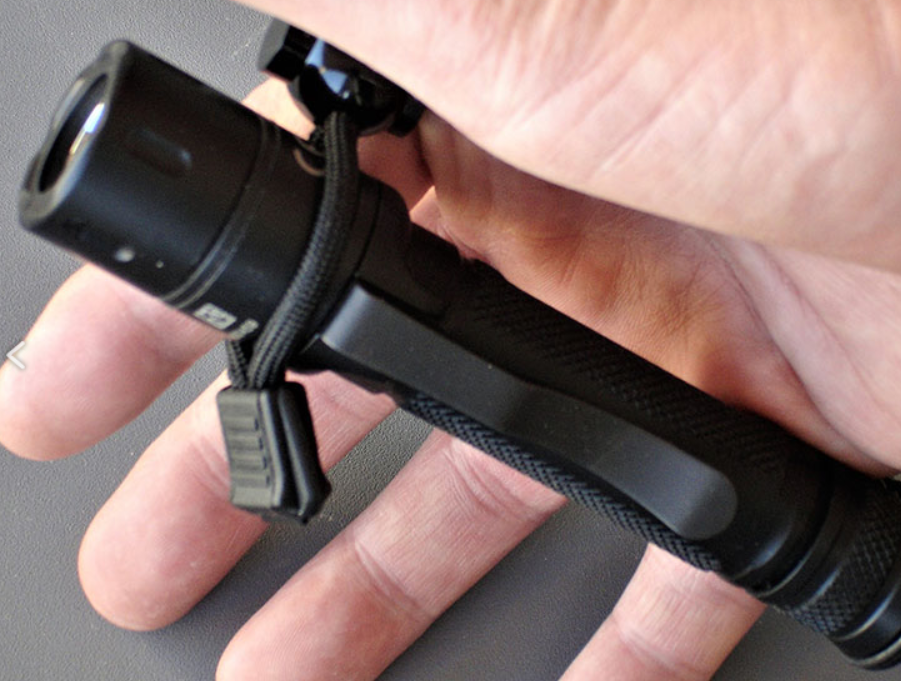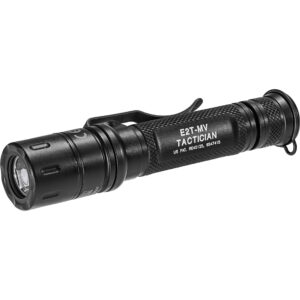In times of uncertainty and unexpected events, having a reliable source of light can make all the difference. Whether it’s a power outage, a natural disaster, or an unforeseen emergency, a flashlight is an indispensable tool for navigating the darkness and ensuring your safety. But not all flashlights are created equal when it comes to emergency preparedness. In this guide, we will delve into the key factors to consider when selecting the ideal flashlight to have on hand for such situations.
1. Brightness and Beam Distance: When it comes to emergency preparedness, the primary purpose of a flashlight is to provide sufficient illumination in challenging conditions. Look for a flashlight with a high lumen output. Lumens indicate the brightness of the light emitted. A flashlight with at least 200 lumens is recommended for emergency situations. I would opt for an even brighter light in the 500+ lumen range. Additionally, consider the beam distance – how far the light can reach. A flashlight with a longer beam distance is ideal for signaling for help or scanning your surroundings.

2. Battery Type: The type of battery your flashlight uses is crucial. In emergency scenarios, you might not have easy access to replacements. Flashlights commonly use disposable batteries (such as AA or AAA) or rechargeable batteries (like lithium-ion). Lithium batteries have a longer shelf life and better performance in extreme temperatures, making them a preferred choice for emergency preparedness. But don’t buy the cheapest Lithium batteries you can find. You may up regretting it, as some of the cheapo batteries off Amazon, have shorted out and started fires. Opt for batteries from a large reputable manufacturer like Surefire, Duracell, or Energizer. Rechargeable flashlights offer the advantage of being more sustainable and cost-effective over the long term, but you’ll need to ensure they are charged before an emergency strikes, and when they run out, do you have the ability to charge them on the fly or batteries you can easily swap out? You should.
3. Run Time: Consider how long the flashlight can operate continuously on a single set of batteries or a full charge. For emergency situations, a flashlight with a longer run time is advantageous, as it ensures you won’t be left in the dark unexpectedly. Some flashlights offer variable brightness settings, allowing you to conserve energy when maximum brightness isn’t necessary.
4. Durability and Water Resistance: Emergency situations can be rough on equipment, so a durable flashlight is essential. Look for flashlights built with rugged materials, like aluminum or titanium, that can withstand drops, impacts, and harsh conditions. Avoid flashlights with a polymer body. I like to have the ability to use the flashlight as an impact weapon in a worst case situation. Water resistance is also vital – you don’t want your flashlight to fail if it gets wet due to rain or other environmental factors.

5. Size and Portability: An emergency flashlight should be compact and easy to carry. Consider the flashlight’s size and weight, as you might need to carry it for extended periods or fit it into a go-bag. Some flashlights are designed to be compact enough to attach to a keychain, while others might be larger but offer more features and higher performance. The best balance in my opinion, as someone who carries a flashlight daily, is one that is a little larger than palm size with a pocket clip.
6. Additional Features: Certain features can greatly enhance the usefulness of an emergency flashlight. These might include:
-
Multiple Lighting Modes: Flashlights with different lighting modes (high, low, strobe, SOS) offer versatility for various situations. For tactical situations, have the primary modes of high and strobe pre-programmed.
-
Red Light Mode: Red light preserves night vision and is less likely to attract insects or unwanted attention.
-
Built-in Charging: Some flashlights have the capability to charge other devices like smartphones, which can be invaluable during an extended emergency.
-
Strobe and SOS Modes: These modes can be crucial for signaling for help or alerting rescuers to your location.
-
Impact Resistance: Look for flashlights that are drop-resistant from a reasonable height.

